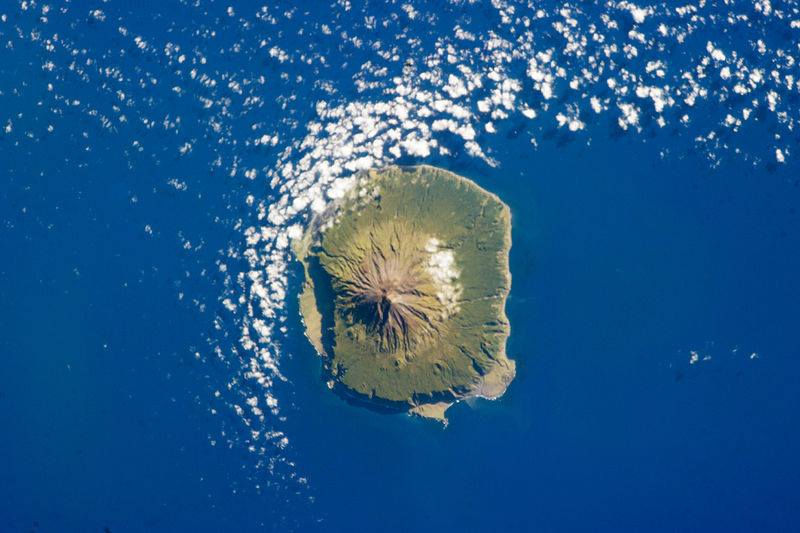Amidst the vast and desolate landscape of Tristan da Cunha, an island in the remote reaches of the South Atlantic Ocean, stands a solitary sentinel. This is the loneliest tree in the world, a survivor of nuclear testing and a silent witness to the tumultuous events of history. Its story is one of resilience, isolation, and the enduring impact of human actions on the natural world.
The Origins of Solitude: A Tree on the Edge of the World
Discovery and Isolation:
The loneliest tree on Tristan da Cunha, a remote British Overseas Territory, was discovered by botanist Alastair Gemmell in 1961. This single Sitka spruce tree stands alone on a windswept volcanic outcrop, far removed from any other vegetation or human settlement.
A Relic of Nuclear Testing:
What makes this tree truly remarkable is its connection to the devastating legacy of nuclear testing. In the 1950s and 1960s, the United States and the Soviet Union conducted a series of atmospheric nuclear tests, releasing radioactive particles into the atmosphere. The loneliest tree on Tristan da Cunha, located thousands of miles from the nearest landmass, captured these particles in its growth rings, serving as a living record of this dark chapter in history.
The Loneliest Witness: Stories Told by Growth Rings
Radiocarbon Dating:
Scientists have used radiocarbon dating techniques to analyze the growth rings of the loneliest tree. These rings, much like the pages of a history book, reveal the impact of nuclear testing on the environment. Peaks in radioactive carbon levels correspond to the years of nuclear testing, providing a haunting timeline of human folly and its consequences.
Despite its isolation, the loneliest tree stands as a silent guardian of the natural world. It has weathered the harsh conditions of Tristan da Cunha, where fierce winds and rugged terrain define the landscape. Yet, amidst the desolation, this tree continues to grow, a symbol of resilience and the enduring power of life.
FAQ
Why is the tree on Tristan da Cunha considered the loneliest in the world?
The tree stands alone on a remote volcanic outcrop on Tristan da Cunha, an island with no other trees or human settlement nearby. It is truly isolated, earning its title as the loneliest tree in the world.
How did the tree capture radioactive particles from nuclear testing?
The loneliest tree’s growth rings contain a record of its environment, including the presence of radioactive carbon. During the era of atmospheric nuclear testing, these particles were absorbed by the tree and preserved in its rings.
What insights have scientists gained from studying the loneliest tree?
By analyzing the growth rings of the tree, scientists have been able to reconstruct a timeline of atmospheric nuclear testing. Peaks in radioactive carbon levels correspond to specific years of testing, providing valuable data on the global impact of nuclear activities.
Is the loneliest tree still growing today?
Yes, despite its harsh environment and isolation, the loneliest tree on Tristan da Cunha continues to grow. Its resilient nature serves as a testament to the power of life in even the most challenging conditions.
Can visitors see the loneliest tree on Tristan da Cunha?
Tristan da Cunha is one of the most remote inhabited islands in the world, accessible only by boat. While the island is home to a small community of residents, the loneliest tree is located in a rugged and inaccessible area, making it difficult for visitors to reach.








[…] Many early tree species, in contrast, were wiped out and replaced repeatedly. Although trees are cool at surviving as well, including surviving nuclear testing. […]